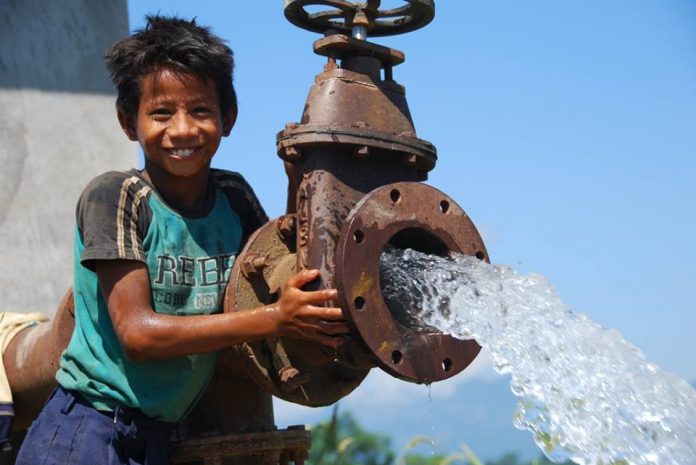An inclusive, integrated river basin management approach to growth
The water that courses through Nepal’s great Karnali, Mahakali, and Rapti river basins irrigates the region’s farmland and sustains the health of its people, while also providing a critical habitat for diverse freshwater species, and propelling the hydroelectric dams that help to power the country. However, important water resources such as these are increasingly strained by population growth, climate change, and indiscriminate use—stressors that will become more severe if left unchecked.
The Paani (meaning “water” in Nepali) program, funded by the U.S. Agency for International Development, plays a pivotal role in protecting these critical water resources by working with local and national counterparts to conserve freshwater biodiversity and implement sustainable water management practices.
Paani works to raise the profile of freshwater issues through policy engagement, academic research, curriculum development, and sponsorship of international forums. The project emphasizes user-centered design to analyze how various stakeholders, including fishermen, government officials, and hydropower developers, use water resources to better incentivize their engagement in water conservation and management activities.
Goal
To enhance Nepal’s ability to manage water resources—upon which Nepal’s inclusive economic growth and well-being depends—
… for multiple uses and users, through climate change adaptation and the conservation of freshwater biodiversity.
Paani Overview
Through 2020, in selected watersheds in the Karnali, Mahakali and Rapti, River Basins…
Paani will engage a network of stakeholders:
• to fill knowledge gaps,
• to demonstrate watershed management and conservation practices that benefit communities,
• to develop a roadmap, through an integrated river basin management approach, for meeting the sustainable development goals of multiple users:
– Farming and fishing communities, hydropower operators, among others.
Watershed selection
• Identified: 78 watersheds in 3 river basins (60 KRB, 11 RRB, 7MRB)
• Prioritized : 25 watersheds in 3 river system (17 KRB, 4 RRB, 4 MRB)
• Focused: 12 watersheds in 3 river systems (8 KRB, 2 RRB, 2 MRB)
• Strategic: Address high-priority issues (problems/opportunities)
Paani works with partners that can contribute to key results in four areas:
Increasing knowledge, engagement and benefits for local water users
Improving basin-level resource management
Strengthening coordination and the enabling environment
Expanding the knowledge base
Intermediate results and strategic approaches
1. Increasing knowledge, engagement and benefits for local water users
SA 1a : Improve Management of Capture Fisheries
SA 1b: Improve Local capacity for water Management
SA 1c: Improve local capacity for regulation and management of roads and mining
SA 1d: Improve Local Capacity for managing invasive species
2. Improve Basin Level Resource Management
SA 2a: Improve Basin Level Planning
SA 2b: Improve local capacity for disaster risk reduction (Also applicable for IR-1)
SA 2c: Support sustainable Hydropower
3. Strengthening Coordination and Enabling Environment
SA 3a: Strengthen policy and planning for integrated water resource management
SA 3b: Support CSOs to advocate for transparent and accountable hydropower decision making
4. Expanded Knowledge Base
SA 4a: Learn and discover (generate knowledge), through a research agenda that informs as required the strategic approaches under IR 1 and IR 2
SA 4b: Support capacity building, learning, knowledge sharing in academic and other learning spaces over the long term
Network of collaborating partners
• WECS
• DSCWM /DoF/DNPWC (MoFSC)
• DADO (MoAD)
• DDC & LDO (DoLIDAR & MoFALD)
• DOI (MoI)
• DHM (MoPE)
• DAI
• IWMI
• USFS
• WWF
• SNV
• SILT
• NESS
• MWU
• DNF/DANAR/FEDO
• FECOFUN
• FEDWASUN
• HIMAWANTI
• NEFEJ
• NEFIN
• NFIWUAN
















